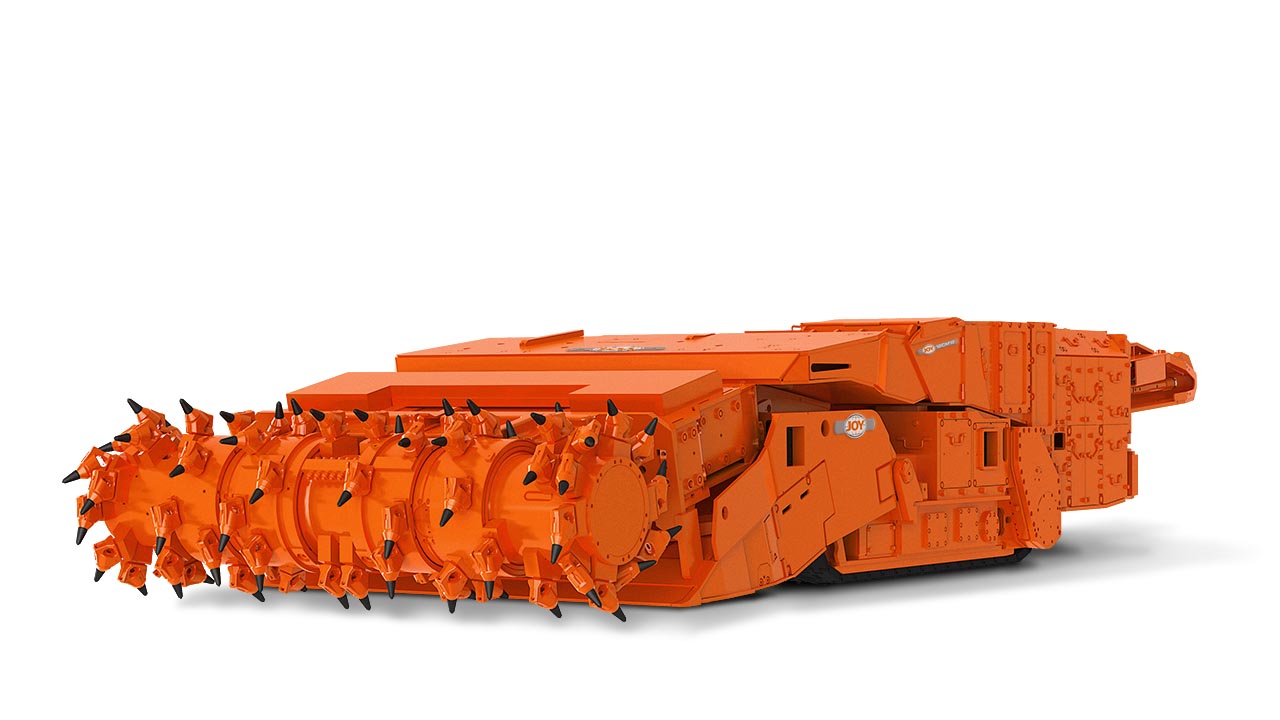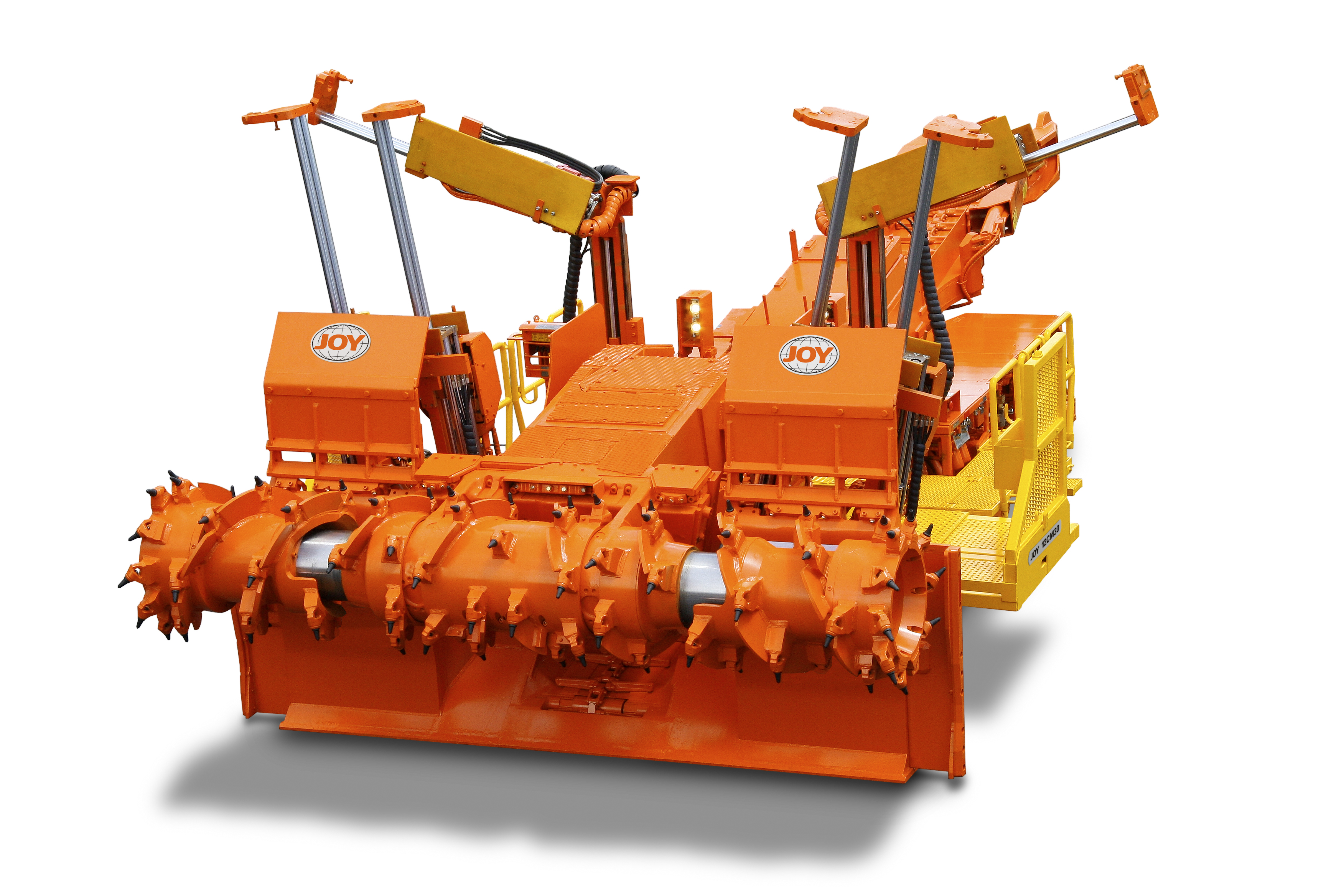1 min read
Stone-cutting trial in New South Wales, Australia

- Overview
- Challenge
- Solution
- Results
Select continent
After the mine operators turned to Komatsu about partnering on solutions, Komatsu obtained stone samples from the mine. These were tested and calibrated at the Komatsu materials laboratory in Franklin, Pennsylvania, United States. The calibrated values, along with the equipment parameters, were entered into a Komatsu-specific cutting program that assesses options and outputs various information, including ideal cutter lacing patterns, drum speeds, pick types and energy consumption. The program graphs breakout patterns and forces on the individual picks, helping assess energy consumption, pick life and vibration on the equipment.
Based on these, a new type of cutter scroll was designed to better suit the mine’s material, with reduced speed drums and a different cutter pick. Komatsu went a step further when it noticed increased wear on machine components and introduced improvements to the cutter gearcase, cutter drums, and associated components. Together, these adjustments were focused on improving the miner’s life cycle and reducing operating costs.
The upgraded stone cutting technology was introduced to the mine for a trial. After using the new technology for 12 months, the mine returned the cutter head to Komatsu for evaluation.
The mine operator, partnering with Komatsu, made several findings based on the evaluation:
- The condition of the cutter head assembly after 12 months indicated that the improvements would at least double the amount of time between equipment overhauls when compared to previous cutters overalls
- Mine data showed a significant reduction in cutter pick usage and power consumption
- Subsequent assessments of the equipment chassis indicated a similar improvement in wear on pins and bushes
A similar process has been rolled out to other coal mines in New South Wales and Queensland, Australia. Although data is still being collected, operators at many mines are observing reduced vibration, reduced dust, better cutting and reduced maintenance requirements. In many cases, these advances being instituted along with automation technology that promotes floor, roof and production consistency, as well as controlled load-leveling of machine components.
Disclaimer: All mining operations face unique circumstances and conditions that may impact the performance of particular mining equipment or parts. This case study is provided for illustrative purposes only. Komatsu does not guarantee that the same or similar results will be achieved by any particular mining operation or customer.

